©2014-2026 Penscott Management Corporation. All rights not expressly granted herein are reserved. The APO E Gene Online Program™ and the APO E Gene Program™ are part of the APO E Gene Diet®, which is a registered trademark of Penscott Corporation.
Information on this website is intended for informational purposes and is not a substitute for medical advice, diagnosis, or treatment. Learn more.
Spring is the time of year when life flourishes expressing its beauty all around us. We witness the springtime loveliness in the blossoming flowers and the fresh activity of insects, worms, birds, and small animals.
The final 5 miles of my drive to work is a stretch of straight road. This morning for some reason, the traffic was bumper to bumper. I happened to drive that stretch — bumper to bumper — behind a truck that carried a host of new cherry trees, all in full blossom. The blossoms were blowing off the trees onto my car. Each time we stopped at a light, the delicate branches waved their pink and white blooms at me, throwing stray light and petals like confetti. I received the gift of simply gazing at them. It was magical.
The unusual amounts of winter rain in Northern California have made everything fresh and full of life this spring. The landscape appears to be greener than green and so lush. It is stunning.

During spring in the northern hemisphere, the sun’s energy has the greatest positive impact on the human body. We have vitamin D receptors in every cell of our body and with the angle of the sun for 6 months, October to April 1st, we do not have access to this vitamin which boosts our dopamine levels and lifts our mood and motivation levels, enhancing our mental health.
That’s why, when spring comes around, it is a great time for new beginnings. It’s a time of year to renew our human spirit, to re-charge our energy. Without doubt, this is the most wonderful time of year to connect with nature and allow our bodies and spirits to soak up the goodness of the sunshine.

Get outdoors, connect with nature – take a walk in the park or the woods, or simply relax in your own garden or patio. Consider taking a blanket and sitting on the grass while you are talking on the phone or checking your email. Consider enjoying your lunch in the garden.
Get Your Hands into the Soil
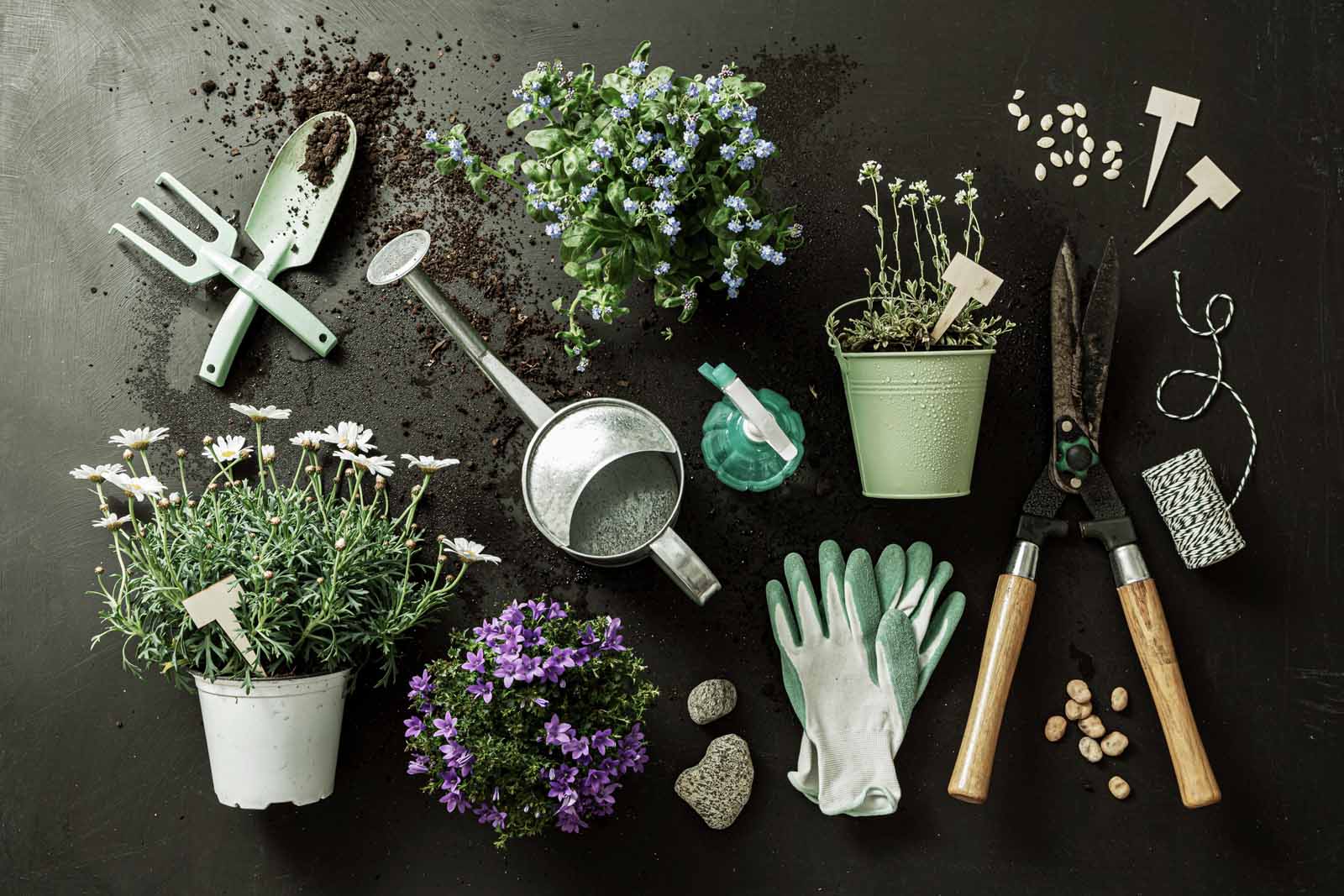
Gardening — getting your hands into the soil — actually boosts your immune system. Consider beginning a small or large garden project. You can create and enjoy beautiful gardenscapes on your deck or patio with a few – or a lot – of potted plants.
When sitting down and deciding what to grow in your garden, think about what you are eating on a regular basis. If you are a salad lover, there are many salad makings that grow well together even in a small patch of garden or in planter pots on the patio. Here is a list of vegetables and herbs that do well as companion plants; as well as suggestions from the APO E Gene Kitchen for adding to your diet.
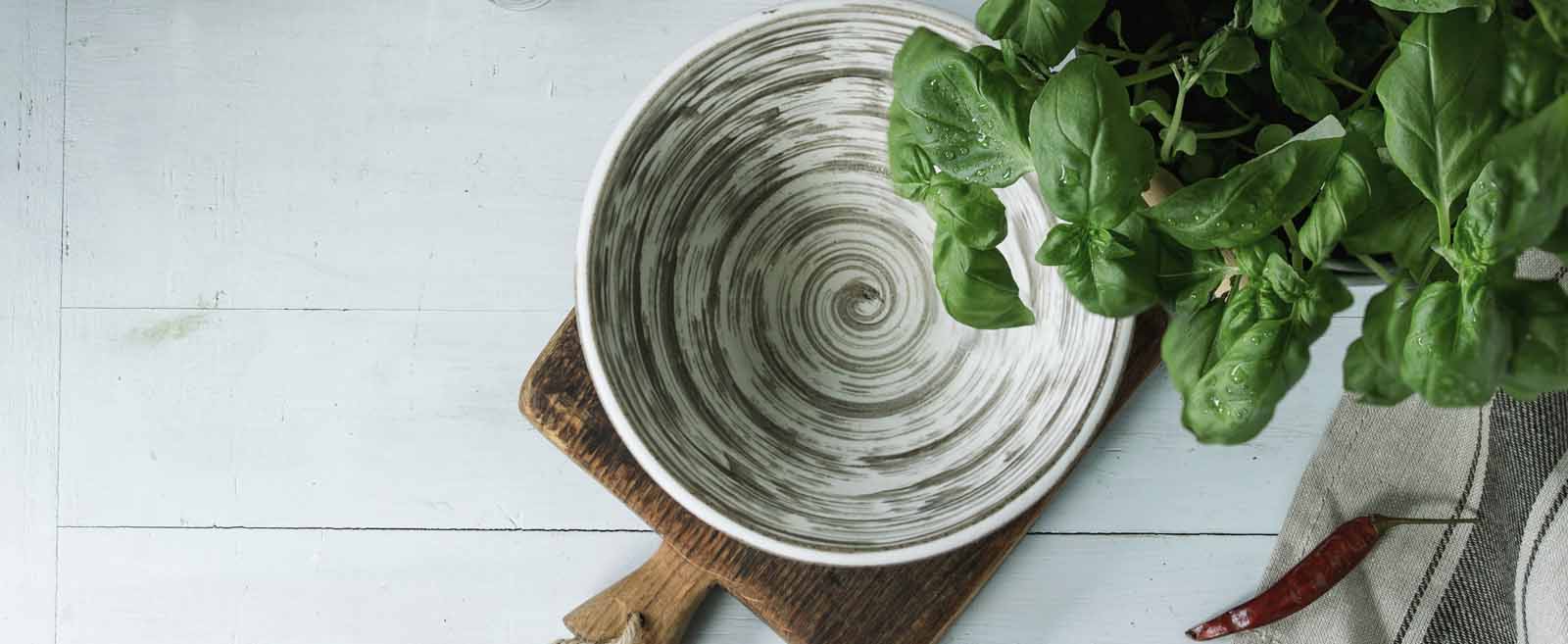
Basil (Ocimum basilicum)
A variety of types, most with mint and peppery undertones.
Plants happily grow with basil: Lettuce, tomatoes, peppers, oregano, and parsley.
Nutritional benefits:
Research shows that these essential oils of basil, eugenol, citronellol, and linalool, can lower anxiety, depression, and inflammation in the body.
APO E Kitchen Suggestions:
- Basil can be used as the main herb in pasta sauce.
- Delicious with added vegetables such as zucchini yellow squash, tomatoes, red or yellow pepper.
- Add basil to fresh sliced tomatoes, along with the APOE Gene Program Arbequina Extra Virgin Olive Oil and APO E Gene Balsamic Vinegar.
- Try a simple organic pasta with basil and APO E Gene Program Arbequina Extra Virgin Olive Oil.
- I love to add basil to salads, mixed greens, dressings and wild fish dishes.
- And, of course basil is the main ingredient used in pesto, and easily made at home.

Parsley (Petroselinum crispum)
Has a fresh taste - light pepper .
Plants happily grow with parsley: sage, oregano, rosemary, basil, thyme, carrots, and tomatoes.
Nutritional benefit:
One of the main systems in the body that has been positive benefits from parsley is the GI tract and gut. Parsley is commonly used as a carminative or stomach soother and spasmolytic. Parsley has some anti-inflammatory properties as well as some diuretic effects.
APO E Kitchen suggestions:
- Fresh parsley is a popular garnish for many dishes – mainly because of its beautiful bright green color and its full curly shape.
- Parsley goes very well with potatoes.
- Parsley adds a rich flavor to soups and salads.
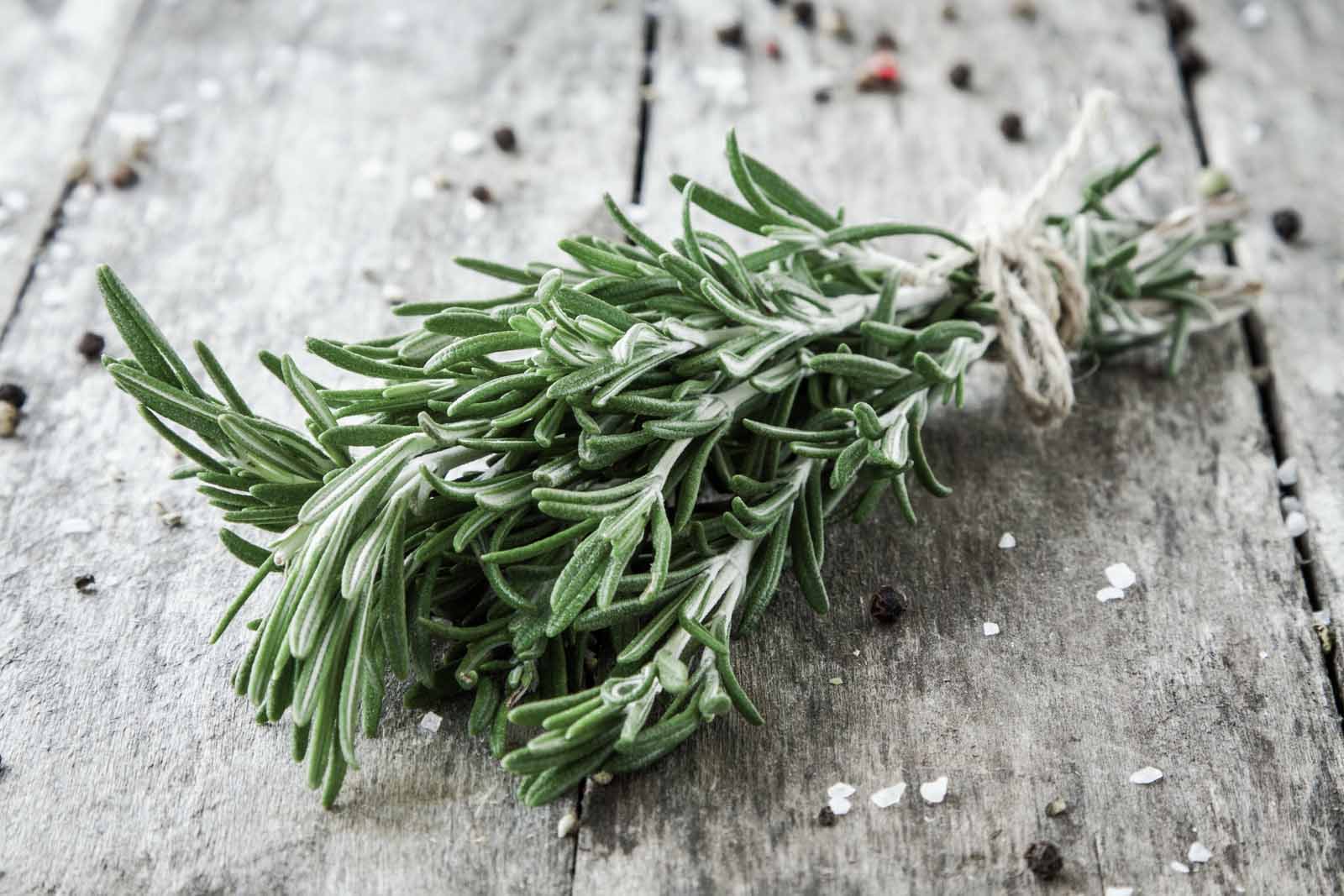
Rosemary ( Rosmarinus officinalis)
Has a powerful pine-like flavor.
Plants happily grow with rosemary: brussel sprouts, broccolini/broccoli, cauliflower, cabbage, beans, carrots, sage, oregano, and lavender.
Nutritional benefits:
Research for rosemary has centered around two of its main chemicals carnosic acid and rosmarinic acid. When consumed regularly these two chemicals have antifungal, antiviral, and antibacterial properties – very similar to honey – that can improve a person’s immune system and reduce the risk of infection.
APO E Gene Kitchen Suggestions:
- Rosemary is delicious when roasted on top of potatoes or vegetables.
- Try adding rosemary into soup recipes.
- Add rosemary into bread dough before baking.
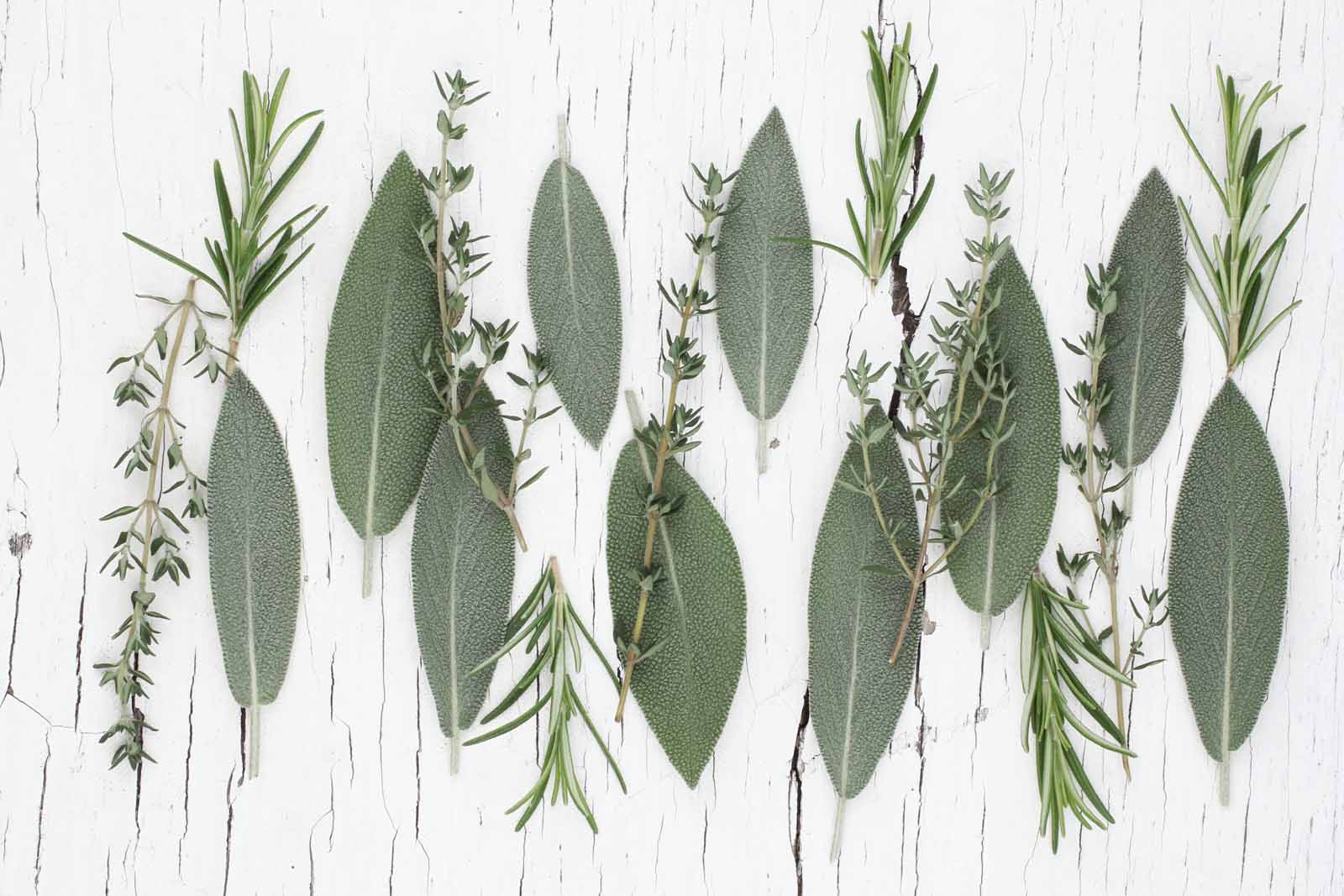
Sage (Salvia officinalis)
Sage has a very strong flavor – use sparingly.
Plants happily grow with sage: carrots, lettuce, green beans, lavender, oregano, and tarragon.
Nutritional and Health Benefits:
Sage is known for its high levels of Vitamin K which helps to support optimal blood clotting. Sage also contains specific types of acidic compounds that act as antioxidants - chlorogenic acid, caffeic acid, rosmarinic acid, ellagic acid, and rutin, plus over 150 different polyphenols, as well as Vitamin A, C and E — all are known antioxidants that can protect against the oxidative stress that can cause mild cognitive decline, memory improvement, and have been shown to help fight cancers.
APO E Gene Kitchen Suggestions:
- Commonly used in holiday stuffing.
- Try adding fresh sage garnish to soups, salads, and pea dishes.
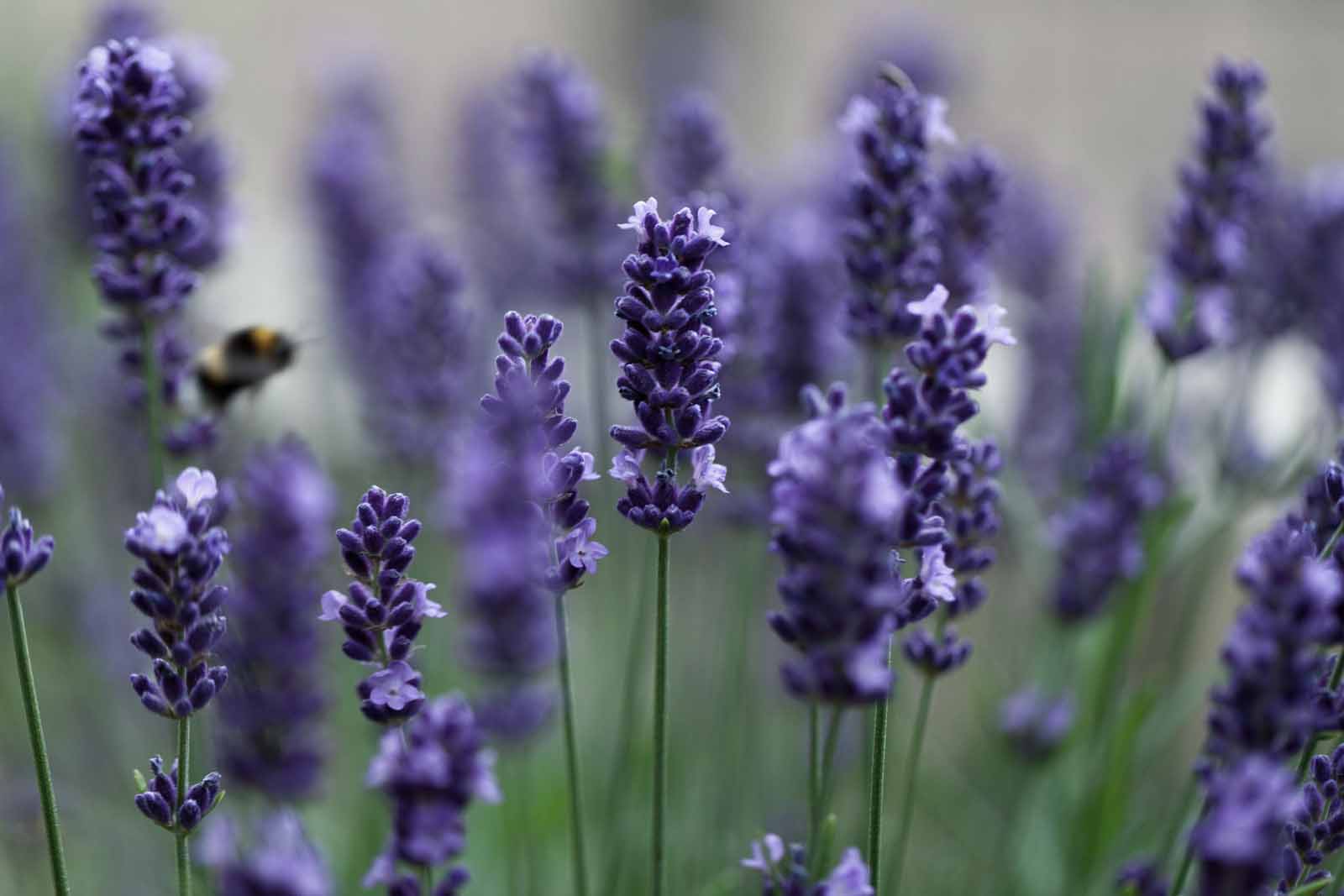
Lavender (Lavandula angustifolia or Lavandula officinalis)
Lavender is known for its highly aromatic smell and bright blue/purple flowers.
Plants happily grow with lavender: Sage, echinacea, rosemary, yarrow, and carrots.
Health benefits:
A great deal of research has been conducted on the value of lavender as an essential oil for many conditions, especially stress, anxiety, and insomnia1,2. Research is also looking at aromatherapy with lavender for depression3, and even post operative pain relief. These therapies are integrative medicine approaches that are useful and backed by a growing body of scientific research.
APO E Gene Kitchen Suggestions:
- Lavender makes a delicious tea (I’ve included a recipe below).
- Try lavender lemonade or lavender ice cream.
Here is a relaxing tea you can enjoy before bed.
Organic Chamomile Lavender Tea
Makes 1 cup
Ingredients:
8 oz. of boiling water
1 bag of both chamomile and lavender tea
Directions:
Pour hot water over tea bags.
Steep for 3-4 minutes.
Enjoy.
Reference:
- https://pubmed.ncbi.nlm.nih.gov/24720812/
- https://pubmed.ncbi.nlm.nih.gov/12531167/
- https://pubmed.ncbi.nlm.nih.gov/24559818/



